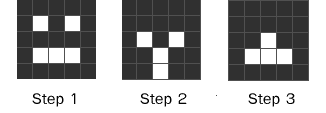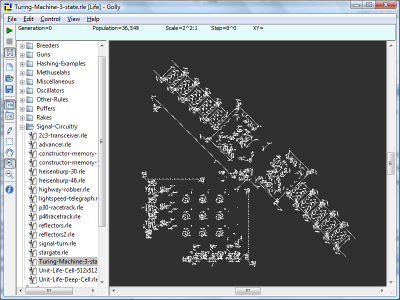Saturday, March 24. 2007
Easter holidays begin! (phew)
Yes! Finally a break from university and the crushing workload! We started our Easter break last Friday and I now have a whole month to while away in pure freedom. Well, almost. Apart from a few coursework and revising for exams coming up in May. It's been a stressed out month especially with my left eye going bonkers for a few weeks. I definitely need some time off to unwind my brain!
I've got a few interesting projects to work on and some books-to-read stacked up for the holidays so I'll probably be a lot relaxed once the kid in me comes out to play and has a go at (proper?) learning and experimenting on a (care?)free schedule. I had managed to write a whole extra page for my book on science in Dhivehi over the course of last year so I'm very determined to finish it by June this year. I am also hoping to pick up another dead project from early 2006 where I started on a book in Dhivehi on introductory electronics and managed to write a general introduction, an overview of the components as well as the first experiment, before I felt disgusted by the Dhivehi language and quickly closed MS Word and strolled off to laalaa land. However, despite my aversion to Dhivehi as a language, I will be (finally) publishing one of my completed pet projects around mid April- a Dhivehi Optical Character Recognition program for documents - online and accessible for all, though I am currently very tempted to try make a buck out of it to stuff my emptying wallet.
I will be attending the Maldivian Students' Association-UK Extraordinary General Meeting 07 gathering in Manchester from 30th March to 1st April. Current estimates of attendance, some as high as 90, suggest that this is going to be one massive Maldivian student gathering! Also, word has it that this would be an "interesting" gathering (ahem).
Anyway, I felt compelled to post an entry with my yakking just to give the impression that my blog is updated regularly. Now that it's done, I might as well bugger off and stop with the "khiyaalee folaa" and yakking. :p
I've got a few interesting projects to work on and some books-to-read stacked up for the holidays so I'll probably be a lot relaxed once the kid in me comes out to play and has a go at (proper?) learning and experimenting on a (care?)free schedule. I had managed to write a whole extra page for my book on science in Dhivehi over the course of last year so I'm very determined to finish it by June this year. I am also hoping to pick up another dead project from early 2006 where I started on a book in Dhivehi on introductory electronics and managed to write a general introduction, an overview of the components as well as the first experiment, before I felt disgusted by the Dhivehi language and quickly closed MS Word and strolled off to laalaa land. However, despite my aversion to Dhivehi as a language, I will be (finally) publishing one of my completed pet projects around mid April- a Dhivehi Optical Character Recognition program for documents - online and accessible for all, though I am currently very tempted to try make a buck out of it to stuff my emptying wallet.
I will be attending the Maldivian Students' Association-UK Extraordinary General Meeting 07 gathering in Manchester from 30th March to 1st April. Current estimates of attendance, some as high as 90, suggest that this is going to be one massive Maldivian student gathering! Also, word has it that this would be an "interesting" gathering (ahem).
Anyway, I felt compelled to post an entry with my yakking just to give the impression that my blog is updated regularly. Now that it's done, I might as well bugger off and stop with the "khiyaalee folaa" and yakking. :p






